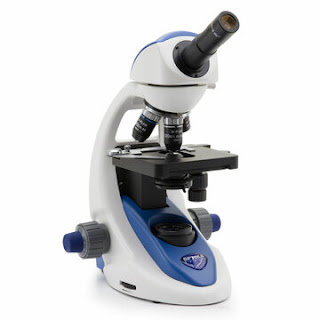There are several types of horse jump equipment. One type is vertical, a set of poles or planks placed directly above each other. There is no ground line, so the horse must use extra power to clear the fence. The other type is horizontal. Horse jump equipment can be used for schooling and gymnastic exercises.
Equine gymnastic exercises
Using horse jump equipment to train horses can improve their technique:
- You must be sure of the track quality and distance.
- It would be best if you used a guide pole to keep your horse on the track. It would be best if you also used open reins to help your horse keep its balance.
- Keep your eyes up, especially when on a trot.
Gymnastics can teach a horse how to stay balanced and avoid tipping over. The horse learns to shift his weight from the forehand to his hindquarters, rounding his back and encouraging him to step under with his hindlegs. The exercises are essential for the collection development and can be combined with transitions and police work.
Schooling with cross rails
Schooling with cross rails allows riders to link their cadence to the horse's rising trot. It also provides dismounting to think about the day, each horse and rider's role, and ground themselves. Horses and riders may ride side-by-side or in groups.
Schooling with cross rails is more effortless than jumping over a standard fence, but it requires more effort, patience, and time. First, start small and make your horse comfortable with the exercise. Then, gradually introduce more significant jumps. A few mistakes now won't hurt your horse's confidence, but errors will be more effective over a giant fence.
Schooling with open water fences
Schooling with open water fences is a fun, low-pressure way to improve your horse's performance. You can bring your coach along if you want. The course is available from 8 am to 5 pm. You will find that the water jump is filled and the ground is well-conditioned.
Fences are an essential part of horse care. Strong fences keep your horse from wandering away and causing injury. It would be best if you chose a fence with a sturdy foundation and posts that can withstand your horse's weight. Ideally, your fence will prevent the animal from climbing, but you must ensure that it is not too high to cause injury.
Safety considerations
Using horse jump equipment should be done with care. There are several safety considerations to keep in mind, including the height of the back pole and the ground's stability. The back bar should always be higher than the front pole, flat, and not boggy or slippery. Jumps that use handles should be avoided since they can entangle a horse's ankle or leg. Moreover, it would be best if you never used your hand to hold the jump rails. If a horse steps on a handle, it could break and cause injuries.
It is vital to assess the potential hazards and mitigate them. A risk assessment is the first step to preventing or minimizing injuries. For example, horses are considered a hazard because of their autonomy and unpredictable behavior. Although the Victorian Injury Surveillance Unit has classified horses as farm transport, there are some WHS prosecutions where horses have found their way into workplaces.
Developing a bascule through the air
Developing a bascule through the jumps is an essential part of horse training. It helps the horse develop his basic riding skills, and it also helps build his strength, balance, and confidence. Creating a bascule through the air can be difficult for a horse, especially in the beginning, but it can be done with the proper equipment.
To develop a bascule, the horse must first create the mobility of the muscles in the back and hind limbs. For example, the horse's back must be able to round more than the horse's thorax, and the lumbosacral joint must be free to extend and contract to the maximum. In addition, hind fetlocks should be as mobile as the forelimbs.


